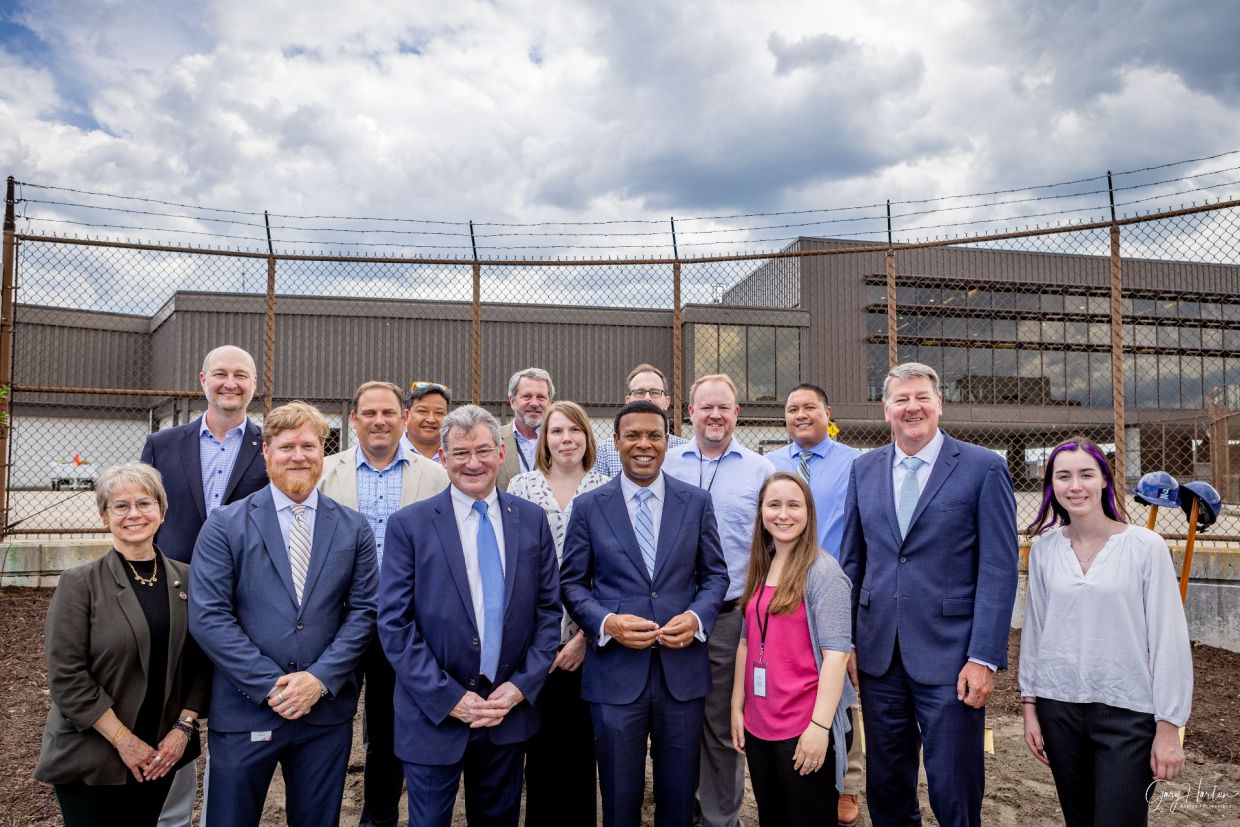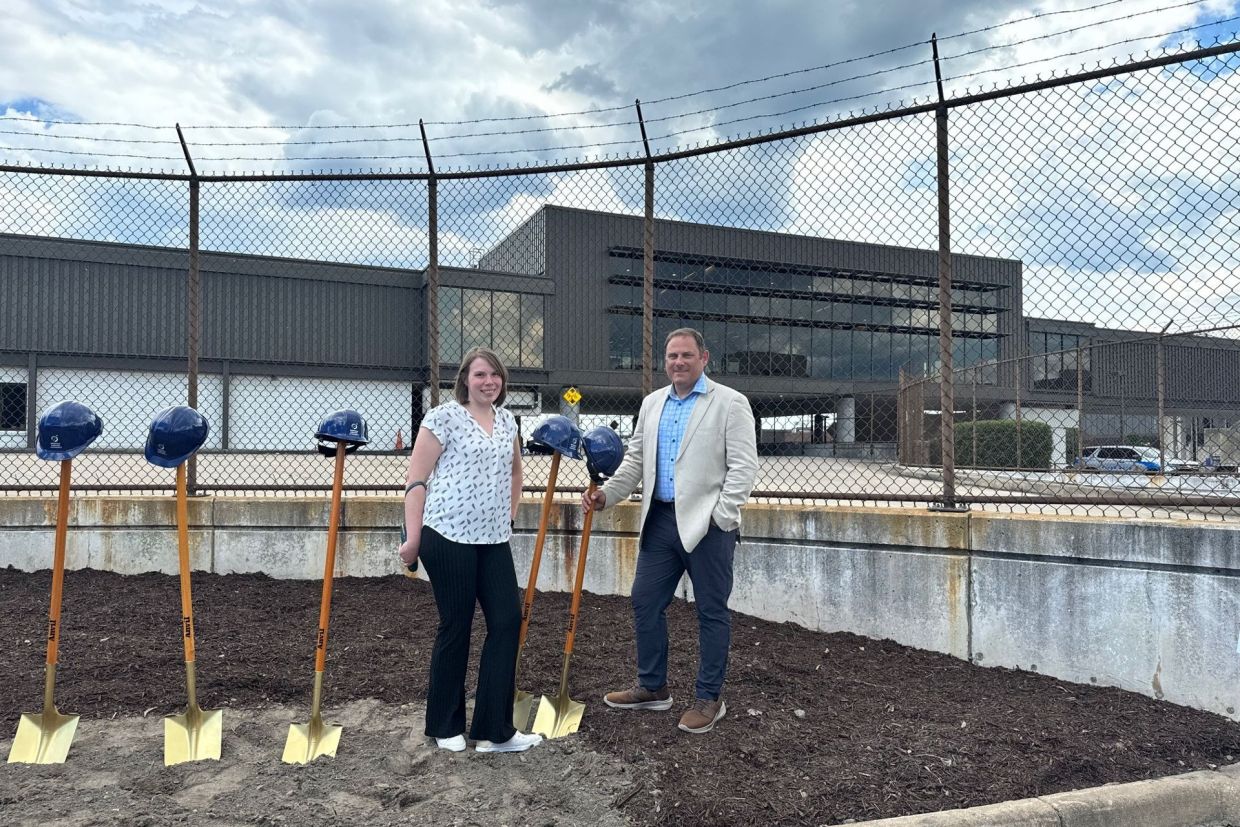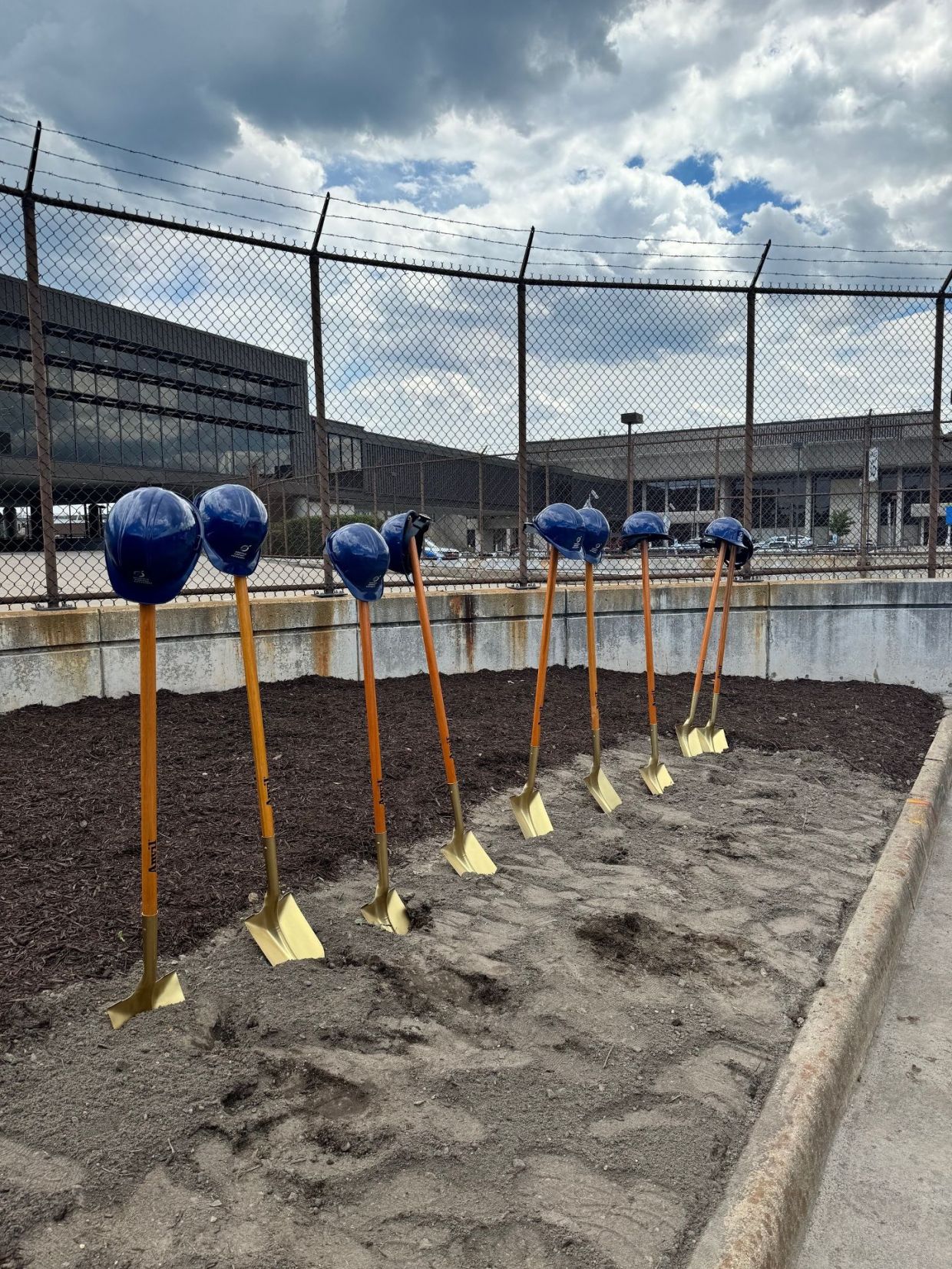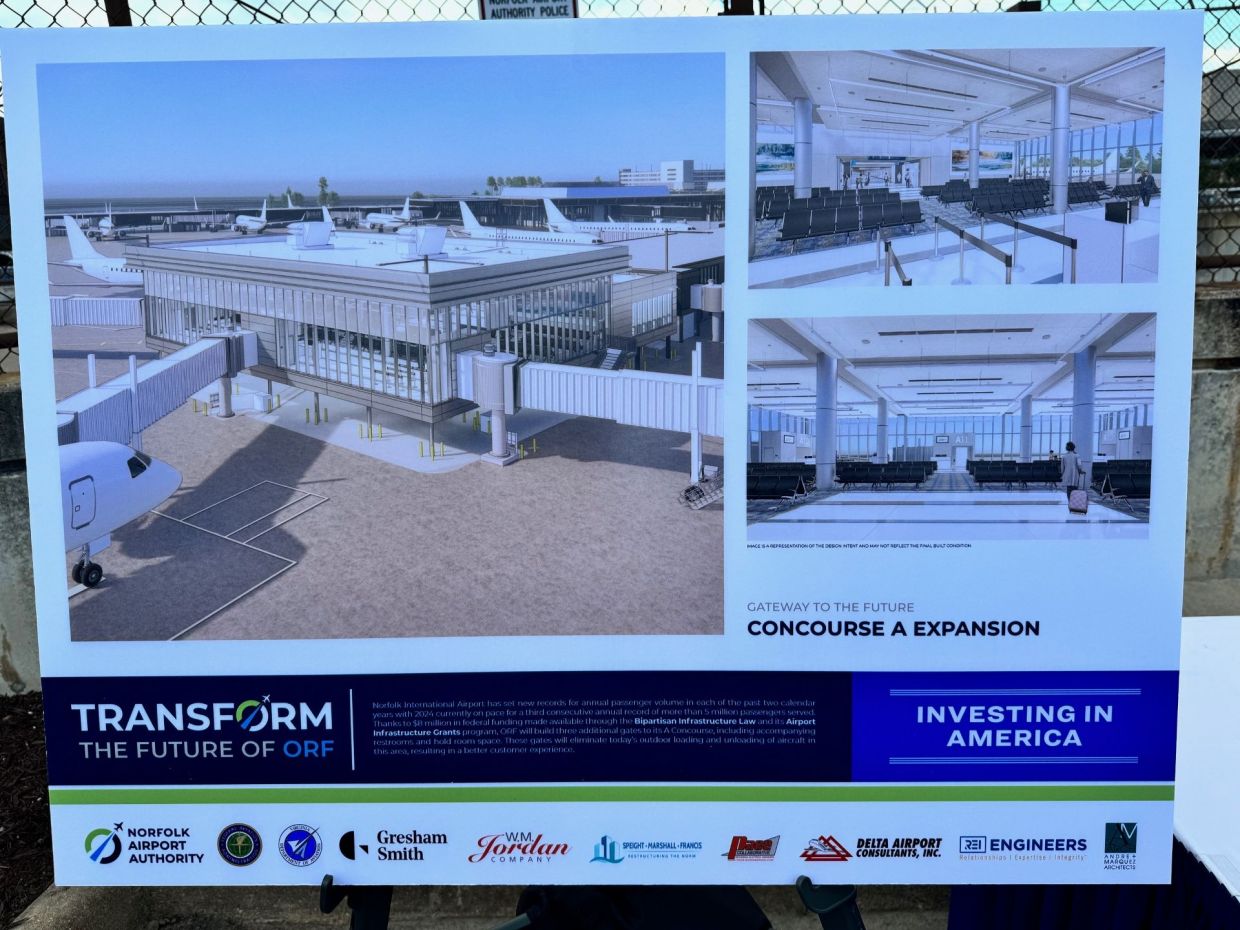Celebrating the Groundbreaking of the Norfolk International Airport Expansion
June 19, 2024


An Airport for the Modern Era
In a bold venture to reshape the Norfolk International Airport, our team at Speight Marshall Francis embarked on an ambitious multi-phase project that promises to redefine travel experiences for Hampton Roads. We joined Gresham Smith, WM Jordan, PACE Collaborative, Kimley Horn, and other key stakeholders to celebrate the groundbreaking for phase 1 of the airport's renovation and expansion.
This project kicks off with a meticulous renovation and expansion of Concourse A, introducing a host of modern amenities and structural enhancements that will elevate the airport's capabilities. The extensive overhaul includes plans to extend the second floor to accommodate three travel terminals, pedestrian jet way bridges, state-of-the-art airline ticket counters, spacious open seating areas for passengers, upgraded bathroom facilities, a designated pet relief area, and strategically designed spaces for the airport's essential support staff. This expansion sets the stage for a reimagined airport experience that prioritizes comfort, efficiency, and passenger convenience.
Transitioning seamlessly into the second phase, our focus shifts towards the construction of a new Federal Inspection Services (FIS) building. This project will see the replacement of the existing FIS space with a contemporary facility featuring a modern Customs and Border Patrol Global entry area. Highlights include advanced operations zones for inspections, purpose-built interview spaces, and meeting facilities tailored to meet the demands of modern air travel security standards.
Structural Insights
Skilled structural engineer Jennifer Johnson PE, reflected on the challenges encountered and triumphs achieved throughout design on this monumental project.
One significant hurdle involved intricately interfacing with the existing concourse, where a low roof design was meticulously crafted to align with the building's original elevation. This solution not only harmonized the new and existing structures but also prevented snow drift from encroaching on the pre-existing building.
In addressing the intricate challenge of interfacing with the existing concourse, a critical design consideration surfaced. Typically, an expansion joint between two buildings would have been standard practice; however, the feasibility of incorporating one was deemed impractical for this particular project. Despite this obstacle, our team devised a series of solutions at both the roof and floor levels to enable the two structures to move somewhat independently.
Navigating the complexities of the baggage area and primary queuing system presented another intricate puzzle to solve. With the necessity for the baggage tug travel path to pass beneath the suspended areas, our team engineered a structure limited to a mere 14 inches in height, deftly avoiding obstacles and creating a seamless flow within the airport's operational layout.
Furthermore, ingenious approaches were implemented to address challenges such as the elevation differences between the elevator pit and an adjacent retaining wall, necessitating the utilization of helical screw piles to fortify the existing foundation. Additionally, the incorporation of unique structural details to support the elevated curtainwall, aptly named the "clerestory" by the architects on the design team, highlights how this renovation is redefining conventional design paradigms.
Despite constraints in braced frame locations due to evolving floor plans, our engineers rose to the occasion, implementing a versatile mix of braces, moment frames, and CMU shear walls to ensure structural integrity and stability. This adaptive approach underscores our dedication to problem-solving and creative thinking.

Stay tuned as we unveil more exciting updates and developments at the Norfolk International Airport!


